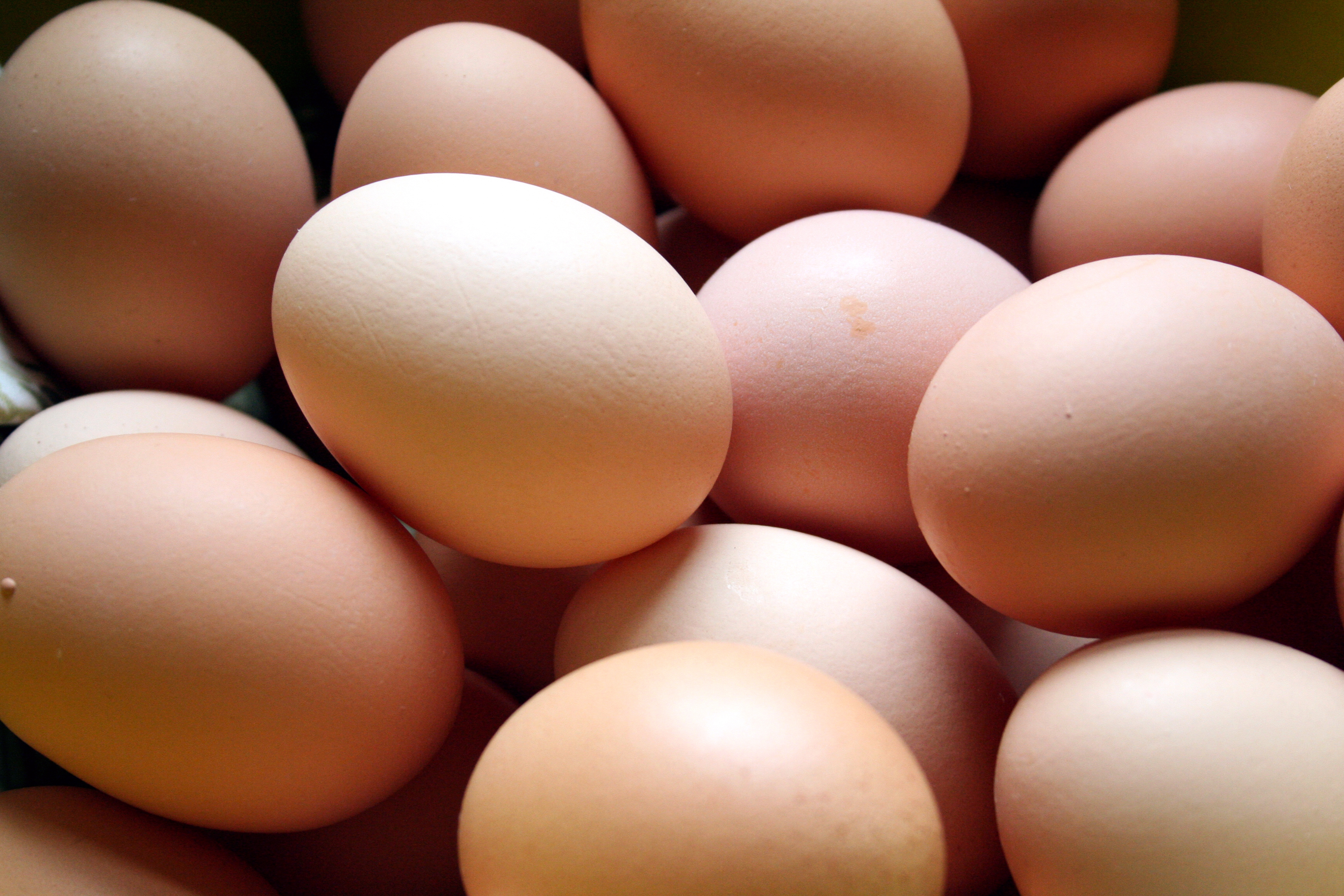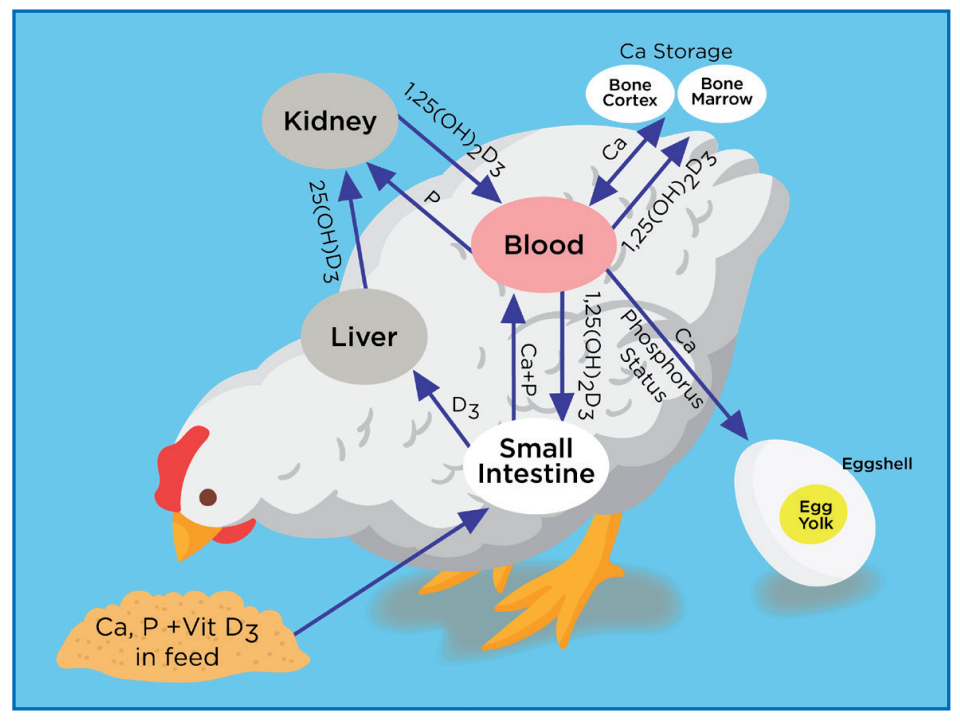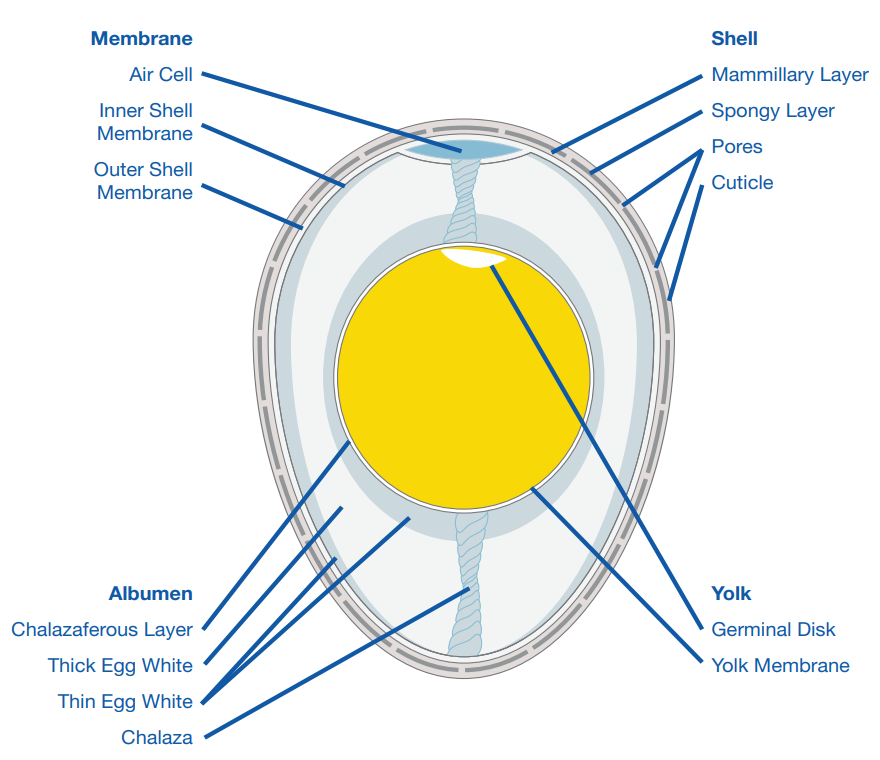



Why do egg shells break?
Part of Series:
< Previous Article in Series Next Article in Series >
Cracked eggs
It is obvious that when an external force exceeds shell strength, egg breakage results. Cracked eggs can be either complete (when both the shell and shell membranes are broken) or incomplete (when the shell is broken, but the shell membranes stay intact). Completely cracked eggs are not used for hatching due to the high risk of severe moisture loss and bacterial contamination. However, incomplete hairline-cracked eggs are less obvious upon visual inspection and may inadvertently be used in commercial hatcheries.
There are also external egg quality issues related to other shell defects which do not necessarily result in egg breakage. These include rough shells, misshapen eggs, body-checked eggs, shell-less eggs and stained or dirty floor eggs. These occur less frequently than those associated with actual shell strength problems, but nevertheless can give rise to increased risks of contamination or lower hatchability.
This article is an extract taken from 'The importance of nutrition on egg shell quality in broiler breeders' by Alex Chang, Senior Poultry Nutrition Specialist at Aviagen.
What influences egg shell quality?
A range of both nutritional and non-nutritional factors could influence the quality of an egg shell in broiler breeders.
These include:
- Time duration the egg spends in the shell gland during shell formation
- Rate of calcium deposition in the shell gland
- Time of day the egg is laid
- Age of hen; thickness declines with age and egg size increases
- Infectious agents/diseases and contamination (e.g. Infectious Bronchitis, Egg Drop Syndrome, Newcastle Disease, Mycoplasma, T-2 and HT-2 mycotoxins; sulphonamides, organochloride insecticides)
- Nutritional deficiencies and excesses
- Saline drinking water
- Time of feeding
- Others – such as genotype, housing or production system, environment (temperature, lighting, water availability and quality), general stress, management practices (including flock uniformity and egg handling)
Issues with poor egg shell quality
Barnett et.al., (2004) conducted research to determine whether chicks from eggs with hairline cracks would hatch and grow normally compared to those with undamaged shells. They found that eggs with hairline cracks resulted in significantly poorer hatch of fertile, greater egg weight loss and higher embryonic mortality.
In another study using specific gravity as a determinant of egg shell thickness, Roque and Soares (1994), discovered that thick-shelled eggs (specific gravity 1.080) showed increased hatchability and lower intermediate and late embryonic mortality.













